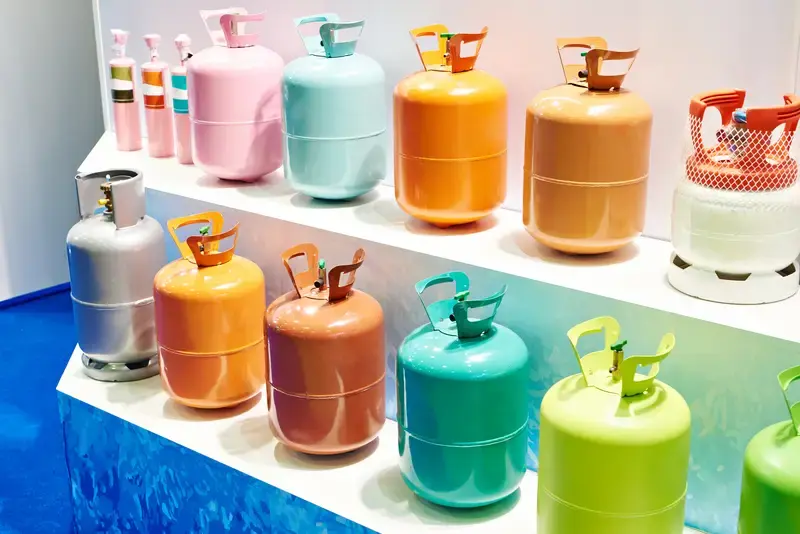The Refrigerant Change Starting in 2025: What You Need to Know
- Jean Swafford
- Aug 28, 2024
- 2 min read

As the HVAC industry evolves, so do the regulations surrounding the use of refrigerants. Starting in 2025, a new wave of changes will take effect, significantly impacting the types of refrigerants that can be used in cooling systems. These changes are driven by the need to reduce environmental impact and improve energy efficiency. Here’s what you need to know about the upcoming refrigerant change and how it might affect you.
The Transition to Lower-GWP Refrigerants
The 2025 refrigerant change is part of a broader effort to transition to refrigerants with lower Global Warming Potential (GWP). The aim is to phase out the use of high-GWP refrigerants like R-410A, which have been widely used in residential and commercial air conditioning systems. While R-410A is ozone-friendly, it has a high GWP, which contributes to global warming.
New Refrigerants on the Horizon
The HVAC industry is moving towards the adoption of newer, more environmentally friendly refrigerants. Some of the key alternatives include:
R-32: A single-component refrigerant with a lower GWP than R-410A. It offers better efficiency and is already being used in many countries.
R-454B: A blend with a significantly lower GWP compared to R-410A. It's a promising replacement due to its efficiency and lower environmental impact.
R-466A: Another blend designed to replace R-410A, offering a balance of efficiency and reduced environmental impact.
Why the Change?
The transition to lower-GWP refrigerants is driven by global efforts to reduce greenhouse gas emissions and mitigate climate change. By phasing out high-GWP refrigerants, the HVAC industry can significantly reduce its carbon footprint. These changes align with international agreements like the Kigali Amendment to the Montreal Protocol, which aims to reduce the production and consumption of HFCs (hydrofluorocarbons) worldwide.
How This Affects Homeowners and Businesses
If you currently have an HVAC system that uses R-410A or another high-GWP refrigerant, you may eventually need to consider upgrading to a system compatible with the new refrigerants. While existing systems can still be serviced and maintained, the availability of high-GWP refrigerants may become limited and more expensive over time.
For new installations, manufacturers and HVAC professionals will be transitioning to systems designed for the new, lower-GWP refrigerants. These systems are expected to offer improved efficiency and lower operating costs, making them a smart investment for homeowners and businesses.
Planning for the Future
As 2025 approaches, it’s essential to stay informed about the upcoming refrigerant changes and how they may impact your HVAC system. If you’re considering a new installation or a system replacement, consulting with a professional HVAC company can help you choose the best options for your needs and ensure compliance with the latest regulations.
Conclusion
The refrigerant change starting in 2025 represents a significant step towards a more sustainable and environmentally-friendly HVAC industry. By transitioning to lower-GWP refrigerants, we can reduce our impact on the environment while maintaining high levels of comfort and efficiency. At Big Air, we’re committed to helping our customers navigate these changes and find the best solutions for their heating and cooling needs. Contact us today to learn more about the new refrigerants and how they can benefit you.





Comments